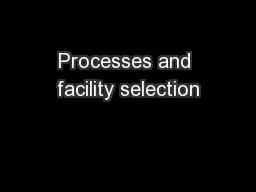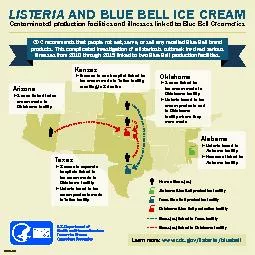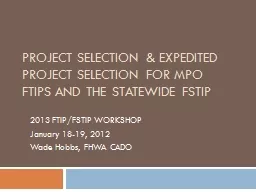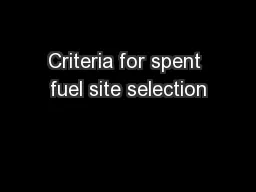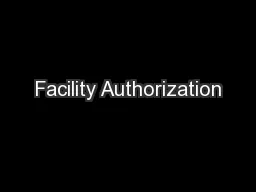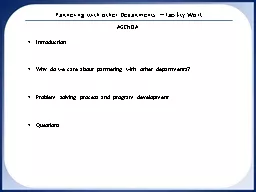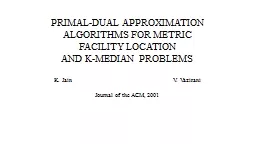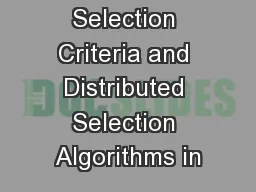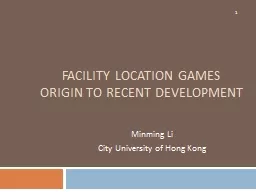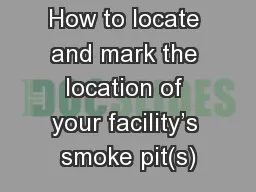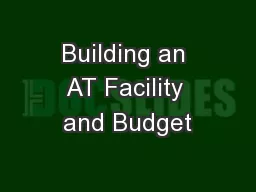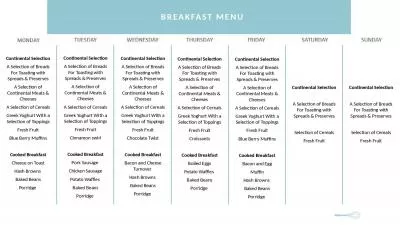PPT-Processes and facility selection
Author : tatyana-admore | Published Date : 2017-10-11
Operations Management Dr Ron Lembke Process Strategies Price Quality Speed Decoupling Point Make to Stock ready on the shelf Breyers Assemble to Order parts
Presentation Embed Code
Download Presentation
Download Presentation The PPT/PDF document "Processes and facility selection" is the property of its rightful owner. Permission is granted to download and print the materials on this website for personal, non-commercial use only, and to display it on your personal computer provided you do not modify the materials and that you retain all copyright notices contained in the materials. By downloading content from our website, you accept the terms of this agreement.
Processes and facility selection: Transcript
Download Rules Of Document
"Processes and facility selection"The content belongs to its owner. You may download and print it for personal use, without modification, and keep all copyright notices. By downloading, you agree to these terms.
Related Documents

